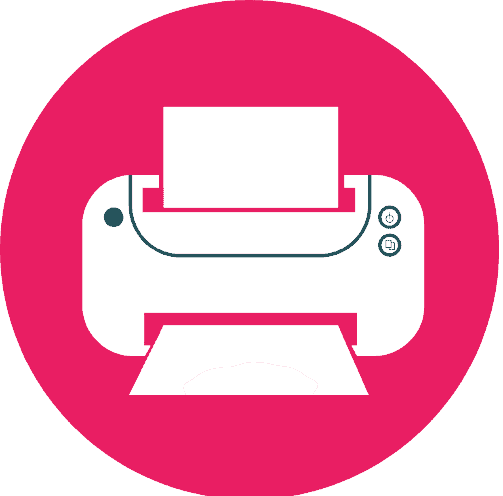As a DTF printing company owner, you are aware of how critical it is to maintain an edge in the cutthroat market for personalized garments and goods. That’s why it’s important to look for new ways to make your business more productive and profitable. The secret weapon to optimize output and simplify your printing process is DTF gang sheets. In this article, we explore the topic of DTF gang sheets, emphasizing their importance and possible effects on your company.
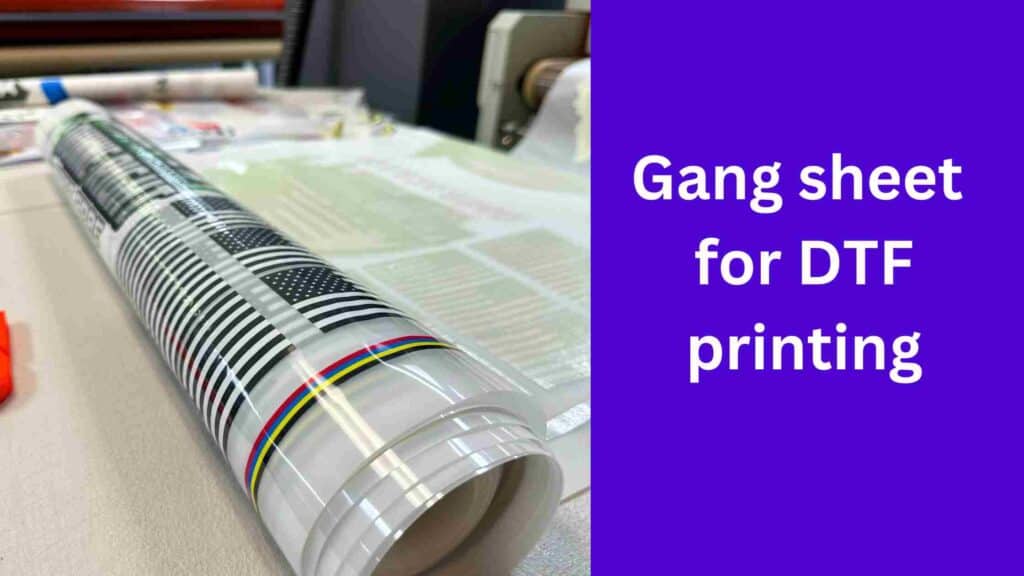
What is a DTF Gang Sheet?
A DTF gang sheet refers to a single sheet of transfer paper that accommodates multiple designs or patterns arranged strategically within a defined layout. It enables simultaneous printing of several patterns on a single transfer sheet, saving you time, resources, and labor. A DTF gang sheet optimizes the number of prints per sheet by properly using the available space, allowing you to manage large orders more successfully.
The gang sheet layout normally consists of a grid or unique arrangement with spaces for each design. This design enables accurate and ordered printing, minimizing the possibility of mistakes and waste. Additionally, the DTF gang sheet makes it easier to transfer patterns onto a variety of substrates, like fabric, clothing, or promotional goods.
To create a DTF gang sheet for DTF printing, you can use graphic design software to arrange the designs according to your preference. When everything is ready, we put the gang sheet into the DTF printer, and printing can begin. After printing, the transfer sheet is applied with heat and pressure to the selected substrate, producing vivid and durable prints.
The advantages of utilizing DTF gang sheets are manifold. They increase general efficiency, improve material utilization, and shorten the manufacturing process. DTF sheets provide a cost-effective solution that enables your organization to expand and prosper, whether you’re handling small-scale orders or handling high-volume requests.
How to Create a Gang Sheet?
For maximum effectiveness and print quality, extensive planning and design considerations are needed while creating a DTF gang sheet.
Steps:
Here are the key steps to follow when creating a DTF gang sheet:
- Choose a design software: Opt for a graphic design program that you are comfortable with. Popular choices include CorelDRAW, Illustrator, and Adobe Photoshop. These apps include powerful capabilities that allow you to develop and arrange several designs on a single page.
- Set the Dimensions and Resolution: Based on the requirements of your printer and the intended print area, choose the size and dimensions of the gang sheet. Make sure the measurements correspond to the transfer paper you’ll be using. For crisp, high-quality printing, set the resolution to a minimum of 300 DPI (dots per inch).
- Arrange the Designs: Import or create the designs you want to print onto the gang sheet. Place them in the allocated area in a thoughtful manner. Consider design size, orientation, and spacing to maximize sheet usage. Give your designs enough space between them to prevent printing overlap.
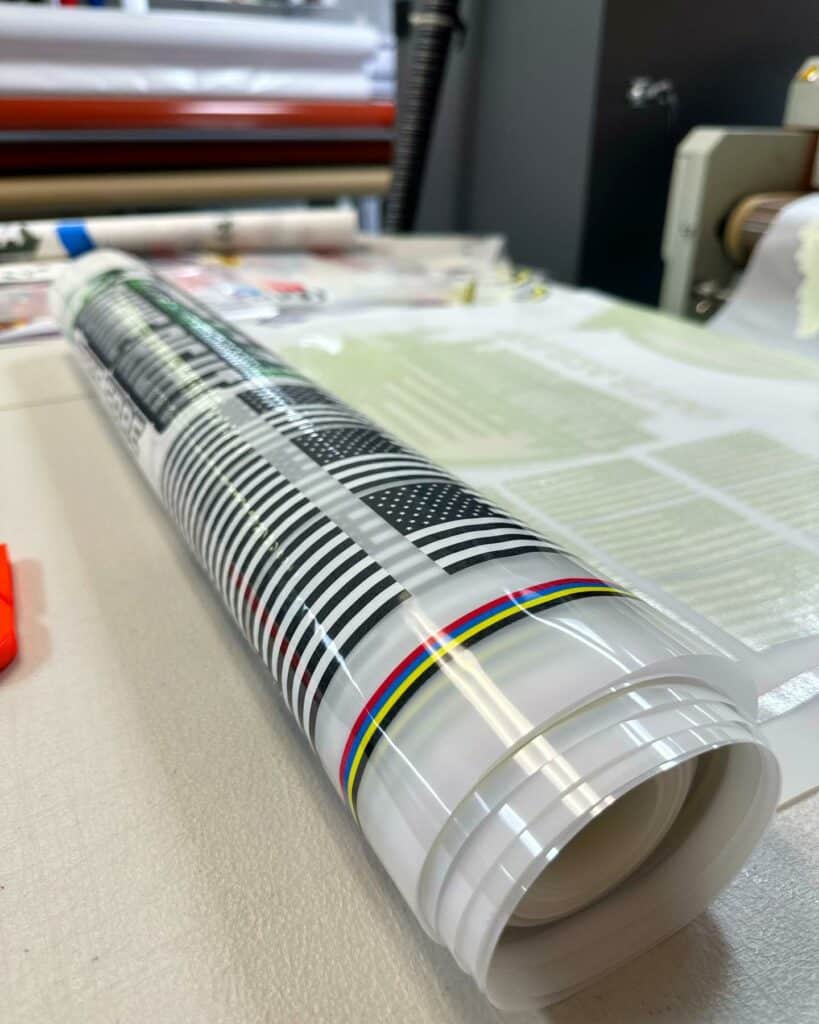
- Optimize Color and Artwork: Make any necessary changes to the designs’ colors and artwork. Make sure the you adjust the color profiles precisely to produce prints that are vivid and consistent. Make sure the graphics pop out on the selected substrate by paying attention to color contrast.
- Use the software’s preview option to see how the designs will appear on the gang sheet as you fine-tune them. Adjust spacing, alignment, or design placement as appropriate. Verify for any possible printing problems like overlapping or distortion that can happen.
- Test Print: We advise you to execute a gang sheet test print before moving forward with a significant production run. This enables you to check the layout’s correctness and, if necessary, make any last-minute alterations. Additionally, it makes sure that the printed drawings fit the prescribed places accurately.
- Save and Export the Gang Sheet: Once you are ok with the layout, save the gang sheet file in a compatible format (such as PDF or PNG). We should export it at the right size, and include all the images.
You are now set to start printing after creating your DTF gang sheet design. Place the gang sheet into your DTF printer and set the printing parameters in accordance with the instructions of the manufacturer. Execute the printing procedure, and your gang sheet is ready for transferring the designs to a variety of substrates.
To maximize the effectiveness and productivity of your DTF gang sheet, keep in mind that correct design and layout optimization are essential. You can save time, money, and productivity in your DTF printing firm by carefully ordering and structuring many designs on a sheet.
Printing the DTF Gang Sheet
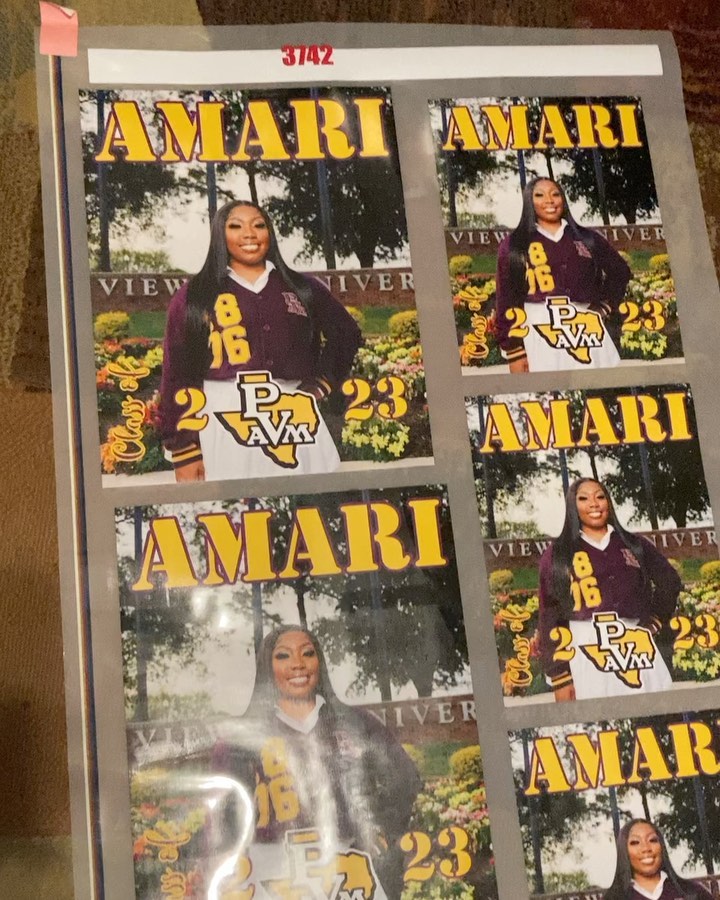
It’s time to start printing your DTF gang sheet when you’ve finished designing and finalizing it. Proper execution of the printing phase ensures that your designs are accurately transferred onto the transfer paper. If you want to print your DTF gang sheet, do the following:
Prepare the materials and DTF printer: Make sure your DTF printer is calibrated and in excellent working order. Fill the ink cartridges or bulk ink system and clean the printer platen. Moreover, have the required supplies on hand, such as the DTF transfer paper, ink, and adhesive.
Load the DTF Gang Sheet: Take care when handling the gang sheet for DTF printing to prevent smudging or damaging the designs. Place the gang sheet correctly aligned in the printer’s media tray. For further information on how to load the transfer paper, refer to the user manual for your printer.
Changing Printing Settings: To alter the printing settings, go to the printer’s control panel or settings menu. Make sure the settings are in line with your DTF transfer paper’s specifications for paper type, thickness, and print quality. Adjust the ink density or saturation levels, if necessary, to achieve the desired color intensity.
Execute the Printing Process: Start the printing procedure while carefully monitoring the printer’s performance. Make sure there are no clogs or misalignments in the gang sheet as it passes through the printer. Allow the printer to finish the work, making sure that every design on the gang sheet is faithfully reproduced.
Carefully remove the produced DTF gang sheet from the printer after printing. Handle it with care to avoid smudging or damaging the ink. Place it on a flat surface, taking care to preserve the printed side.
Best DTF gang sheet software
There are a variety of options available when it comes to selecting the optimal software for creating DTF gang sheets. Each piece of software has special attributes and abilities to meet the demands of various users. Here are several well-liked programs that are often suggested for producing DTF gang sheets:
Adobe Photoshop: Popular graphic design program Adobe Photoshop is renowned for its many capabilities and adaptability. It provides strong capabilities for organizing several designs on a single page of paper. Photoshop offers exceptional control over producing DTF gang sheets because to its layering features, precise alignment choices, and configurable templates.
CorelDRAW: CorelDRAW is a versatile design software that is popular among designers and printers. It offers a range of design tools and features for creating intricate layouts, including DTF gang sheets. You can arrange and align designs with CorelDRAW, change fonts and colors, and export files in a number of printing-friendly formats.
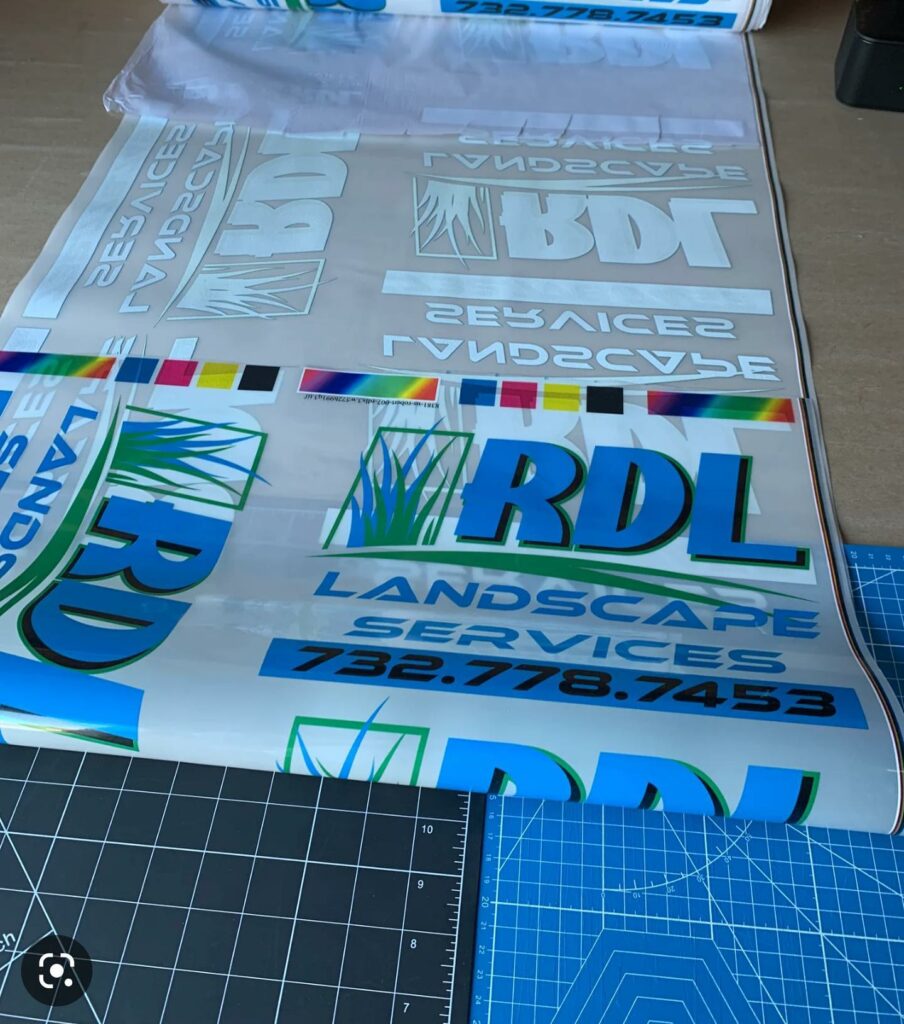
GIMP: GIMP (GNU Image Manipulation Program) is free and open-source image editing and graphic design software. GIMP’s layering, alignment, and configurable templates make it a good choice for DTF gang sheet creation.
Canva: Canva is an easy-to-use online tool for graphic creation that provides a selection of design templates and customization choices. Although its drag-and-drop interface and collaborative tools are what make Canva most popular, it also offers facilities for building bespoke layouts, making it appropriate for developing DTF gang sheets.
Inkscape: Inkscape is a free, open-source vector drawings tool that can be used to make DTF gang sheets. It has a variety of tools for creating, ordering, and matching multiple patterns on a single sheet.
Conclusion
In conclusion, the DTF gang sheet is essential for increasing production and efficiency in DTF printing companies. Businesses can speed up their printing process, save resources, and produce high-quality results by carefully positioning many graphics on a single page.
Design positioning, color optimization, and printer calibration are critical whether using Adobe Photoshop, CorelDRAW, Canva, or other tools. DTF gang sheets can considerably improve the efficacy and profitability of DTF printing operations if they are implemented correctly and adhere to best practices.
FAQs
A DTF gang sheet is a single sheet with many patterns strategically placed for printing using the Direct-to-Film (DTF) printing method. It makes it possible to print many designs effectively in a single manufacturing run.
DTF gang sheets offer several advantages, including improved efficiency by printing multiple designs at once, reduced material waste, and increased productivity. They also allow for better organization and optimization of printing resources.
Several popular programs such as Adobe Photoshop, CorelDRAW, Canva, GIMP, and Inkscape are available for making DTF gang sheets. Your software knowledge, unique design requirements, and desired features will all influence your decision.
Think about the design’s size, direction, and spacing when deciding where to put it. Give your designs enough space between them to prevent printing overlap. To strategically align and organize the designs, use design software tools.
Use high-quality transfer paper, calibrate the printer, adjust ink density, maintain optimum heat and pressure settings, and use compatible substrates.
Yes, DTF gang sheets can accommodate designs of various sizes and shapes. It is essential to arrange them in a way that maximizes space utilization while maintaining proper alignment and spacing.
Reusing a DTF gang sheet is feasible, however please check the sheet for flaws or errors before each future printing run. To achieve the highest print quality, it is essential to make fresh gang sheets for each run.
DTF gang sheets are commonly used for designs that can fit within a single sheet, such as small to medium-sized logos, graphics, or patterns. For larger designs, it may be more practical to print them individually.
Yes, you can make changes to the designs on a DTF gang sheet before printing. Design software allows you to adjust colors, resize, and modify the elements as needed, providing flexibility and customization options.
DTF gang sheets enable the printing of many designs concurrently, which lowers material waste and boosts efficiency. This can result in cost reductions for your DTF printing company in terms of ink, transfer paper, and manufacturing time, improving its profitability.

Ashley Wang is a skilled sales manager with knowledge in DTF printing. She presently works for ShenLan Digital, a reputable DTF printer maker. Ashley is the best person to offer advice on selecting the most suitable DTF printer because she has tested a lot of them. She launched DTFPrinterSchool to educate individuals and organizations about DTF printing technology, providing her expertise and observations on the most recent advancements in the sector. Ashley is an invaluable resource for businesses and individuals wishing to invest in DTF printing technology because of her expertise and experience in the industry.
